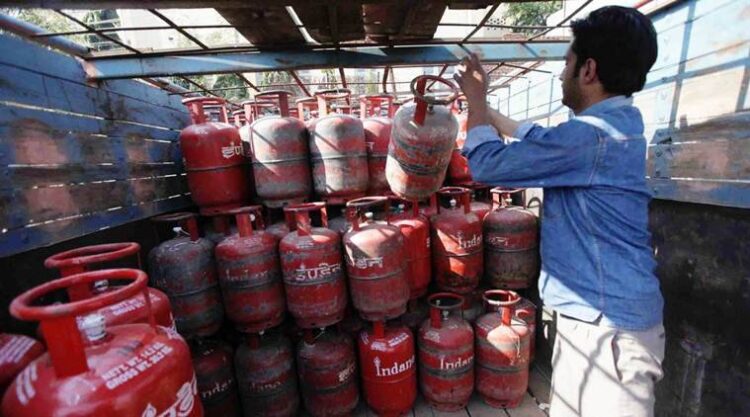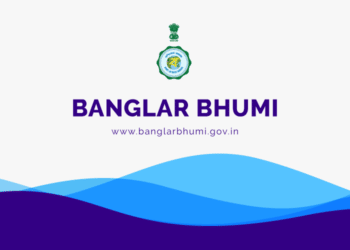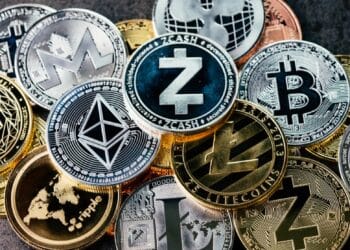The first of July is marked with another anxious notice from the Government of India, this time a 25.50 price increase from July 1, 2021.
According to the revised rates, a Non-subsidised LPG Cylinder would cost Rs 834.50 a cylinder (14.2 kilos) in Delhi and Mumbai. The cost of an LPG cylinder in Chennai is the highest, at Rs 850.50. LPG costs have risen by Rs 140 per 14.2-kg cylinder in the previous six months, according to the latest price increase.
The LPG price increase comes at a time when petrol and diesel prices are already squeezing the life out of Indians. Petrol prices have already surpassed the 100 – Rupees level in Mumbai and are approaching the three-figure mark in the other metro cities.
Every year, the government provides 12 cylinders weighing 14.2 kilos to each household. Customers must pay market prices for any subsequent LPG cylinder purchases. The government’s subsidy on the yearly quota of 12 refills fluctuates from month to month and is mostly governed by factors like foreign currency rates and crude oil costs.
| Date | Price |
| 11/30/2020 | 594 |
| 12/1/2020 | 664 |
| 01/01/2021 | 694 |
| 02/04/2021 | 719 |
| 02/15/2021 | 769 |
| 03/01/2021 | 819 |
| 07/01/2021 | 834 |
Why Prices of LPG Cylinders Rise?
The average price of Indian Crude oil climbed from $20.20 per barrel in May 2020 to $73.522 per barrel in July 2021.
Butane accounts for 60% of India’s LPG mix, while propane accounts for 40%. As a result, these two’s prices are regarded crucial.
Since May 2020, propane prices have increased 171% and butane prices have increased 148%.

The Indian Rupee’s depreciating value versus the US dollar, which is presently trading at 74.59, is also adding to the LPG price drop.
Before calculating the final LPG retail price in India, local freight charges, bottling charges, marketing expenses, margins for OMCs, dealer commissions, and the Goods and Services Tax are all taken into account.
The Indian government is eager to blame the rapid surge on the foreign market conditions, but a closer examination reveals a different picture.
It is true that India imports more than half of its LPG needs, but the remainder is generated domestically. As a result, whether the average wholesale pricing mechanism is the optimum approach to the price of LPG is disputed. There have been claims of cartelization in the pricing of transportation fuels and cooking fuels in the nation, among other issues.
Despite having distinct cost structures and operational efficiency, the three major PSU suppliers — Indian Oil, BPCL, and HPCL — charge approximately the same amount.

Initially streamlining of LPG Subsidies over the years helped the Centre fund schemes such as the Pradhan Mantri Ujjwala Yojana. which aims to provide gas connections to the women of BPL (below-poverty-line) families but now more than 8 crore families who depend on the scheme face uncertainty.
Indians have one of the lowest average monthly wages in the world, with an average monthly income of Rs 32,800. Without rent, the cost of a four-person family in India is about Rs24,243.
It is difficult to live on Rs 8557 with rental fees, as the wealth gap between the affluent and the poor continues to widen, and growing prices of essential goods put undue strain on the budgets of India’s poor.

The Modi government’s wasteful expenditure is a source of shame for all Indians, especially when more than Rs 5000 crore was spent on PR alone.
This begs a moral question for the Indian government: how can the government continue to raise fingers and not do everything in its power to help the citizens out of the financial stress when the entire nation is sinking further into poverty as a result of the pandemic?
Indians require more programmes and assists to make ends meet and put bread on the table; we do not require more temples and mosques, and it is the elected government’s fundamental obligation to prioritise basic sustenance.
Also Read: World Bank Approves Rs 3717.28 Crore Loan To Help The Informal Workers Of India Hit By The Pandemic
















